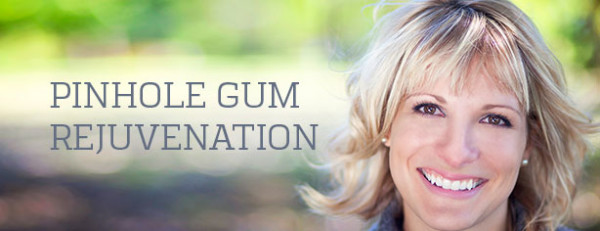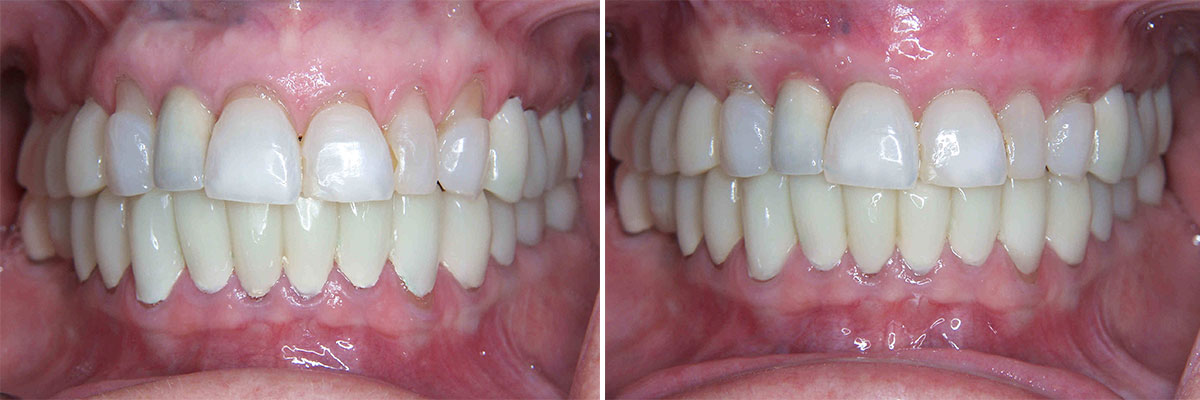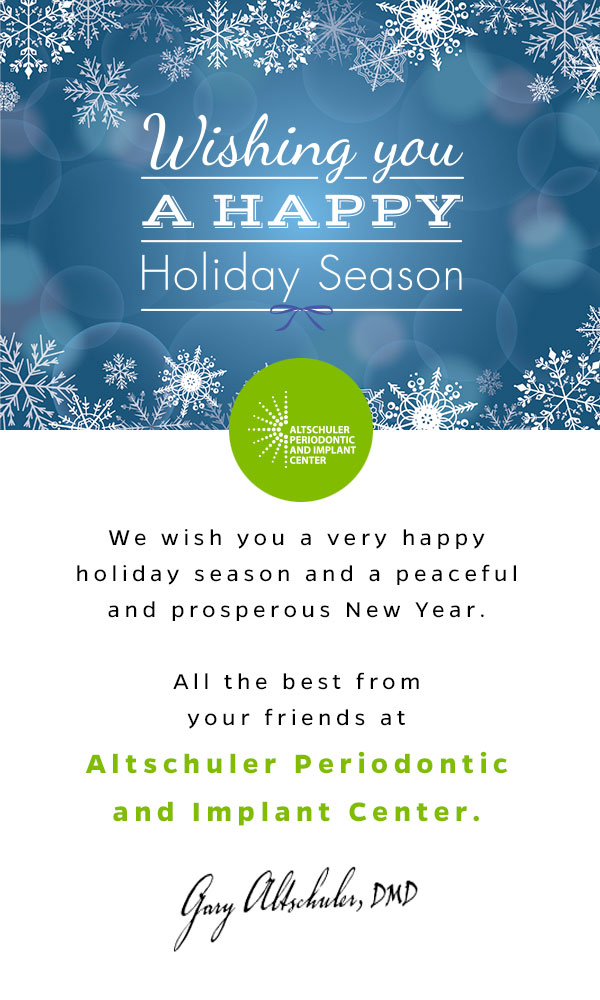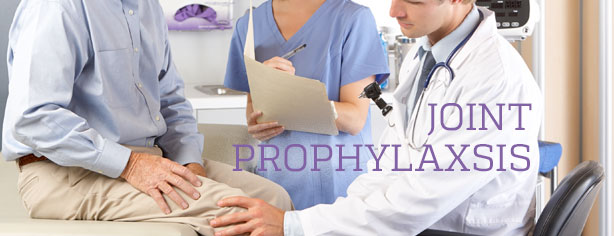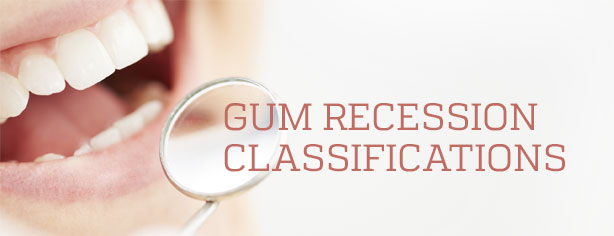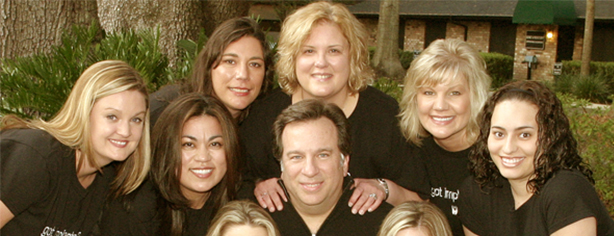My goal with this newsletter is to share periodontal and implant information that you can use in your everyday practice.
In future newsletters I will also showcase examples of actual patient treatment – complete with “before and after” photos – performed here at my office.
I hope to help keep you informed on a wide variety of procedures which are performed in our periodontal and implant practice. I hope you find it helpful and informative in treating your patients.
If you would like us to send this newsletter to a different address than what we have, please e-mail or call us. Also, if anyone else in your office would like to receive our newsletter, please let us know.
I look forward to the future of periodontics and dental implants. I find it exciting and challenging and look forward to sharing some clinical cases with you.


